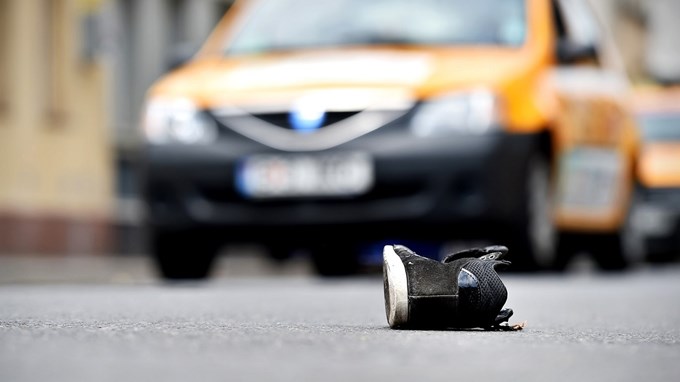Auckland Transport Chief Executive Shane Ellison explains why AT is committed to improving road safety in our region.
Auckland is facing a road safety crisis.
Last year, 64 people died and 749 others were seriously injured due to road trauma.
While road trauma statistics were improving between the 1980s and 2012, the trend is reversing. Last year alone, the rate of deaths and serious injuries rose five times faster than the increase in Auckland’s traffic. To me, this is simply unacceptable.
Why is road trauma increasing?
Evidence shows we are driving faster, we are more distracted and many of us have stopped wearing seat belts. We are also taking more risks at intersections, running red lights and driving 4km to 8km over speed limits. What we do not realise is that driving over the speed limit by just 4 km automatically corresponds to a 16 per cent increase in deaths.
We have to step up, alongside our road safety partners, and respond to this crisis. The government, in its Government Policy Statement (GPS) on transport has made improving road safety a priority. We are aligning ourselves to meet this objective not simply because we are obligated to, but because it is the right thing to do.
What is Vision Zero?
Vision Zero is based on a principle that human life and health can never be traded for other benefits, such as journey travel times. We have to commit to becoming a Vision Zero organisation that puts safety at the heart of our business, where our transport ecosystem is safe for all users of our roads. Faster journey times will no longer be our predominant success metric.
Vision Zero, also known as the Safe System, is an international road safety movement that started in Sweden more than 20 years ago to eliminate all road deaths. Back then, Sweden had a similar fatality rate to New Zealand today. But they adopted ambitious targets, investing heavily in safety infrastructure and lower speed limits which resulted in almost halving road deaths by 2016. If New Zealand had the same rate of road deaths per head as Sweden today, 255 lives would not have been lost last year.
Across the Atlantic, New York adopted Vision Zero in 2014 and introduced a number of road safety measures, including lowering speeds on most roads to 40km/h. Last year, it recorded the lowest number of road deaths since officials began keeping statistics in 1910.
Change like this does not happen easily or quickly. Vision Zero challenges us to stop accepting road trauma as an inevitable unpleasant fact that must be endured; a price we have to pay for getting around. It requires a paradigm shift in the way we think and operate.
The road to zero
We have responded quickly to address the crisis on our roads.
Last financial year, we invested $3.4 million to address high-risk rural intersections, correct road shapes and install barriers. An additional $700,000 was invested on improving risky rural routes, improving signs, lining and road surfaces. We signalised what were once one of Auckland’s worst intersections at Bullock Track, Great North Road and Tuarangi Road (Western Springs) and Tāmaki Drive –Ngapipi Road (Mission Bay) to improve road safety for everyone.
In the last four months, with the support of the AT Board, we have been working with our central government road safety partners and they are embracing the challenge we all have.
Our partners NZ Police have fully staffed their traffic safety team to bolster enforcement, the Ministry of Transport is exploring making implementation of speed management measures more streamlined, and the New Zealand Transport Agency is working with us to implement trials such as point-to-point speed cameras.
One of the most visible activities we have done in collaboration with partners was the Compulsory Breath Testing initiative with the Vodafone Warriors and NZ Police in South Auckland.
Looking ahead, I am committed to achieving 60 per cent less deaths and serious injuries by 2028, as an interim target to get us to zero. Our $700 million Road Safety 2018-28 programme is designed to deliver major, minor and mass action safety engineering projects at high-risk locations across the network. The Government, Auckland Council and proceeds from the Regional Fuel Tax will fund the road safety programme.
Last week, AT presented to Auckland Council’s Planning Committee on our road to Vision Zero. We received unanimous support from the councillors who have asked us to accelerate our road safety programme to make Auckland a Vision Zero region.
Why aim for zero?
Vision Zero is aspirational.
International research shows that cities with bold visions backed by ambitious targets have achieved the greatest road safety outcomes. Without a bold vision, we can be captive to traditional thinking and methodologies that lead to only minor improvements in the status quo.
Achieving zero deaths and serious injuries is a challenge for all of us. We have to be more innovative and deliver solutions where the safety of all road users is the primary goal. We need to work closely with our partners and communities to face this challenge.
A simple driving error, or someone crossing a road while distracted, should not lead to death or serious injury. What is at stake is the happiness and welfare of our friends and whānau, and our fellow Aucklanders.


